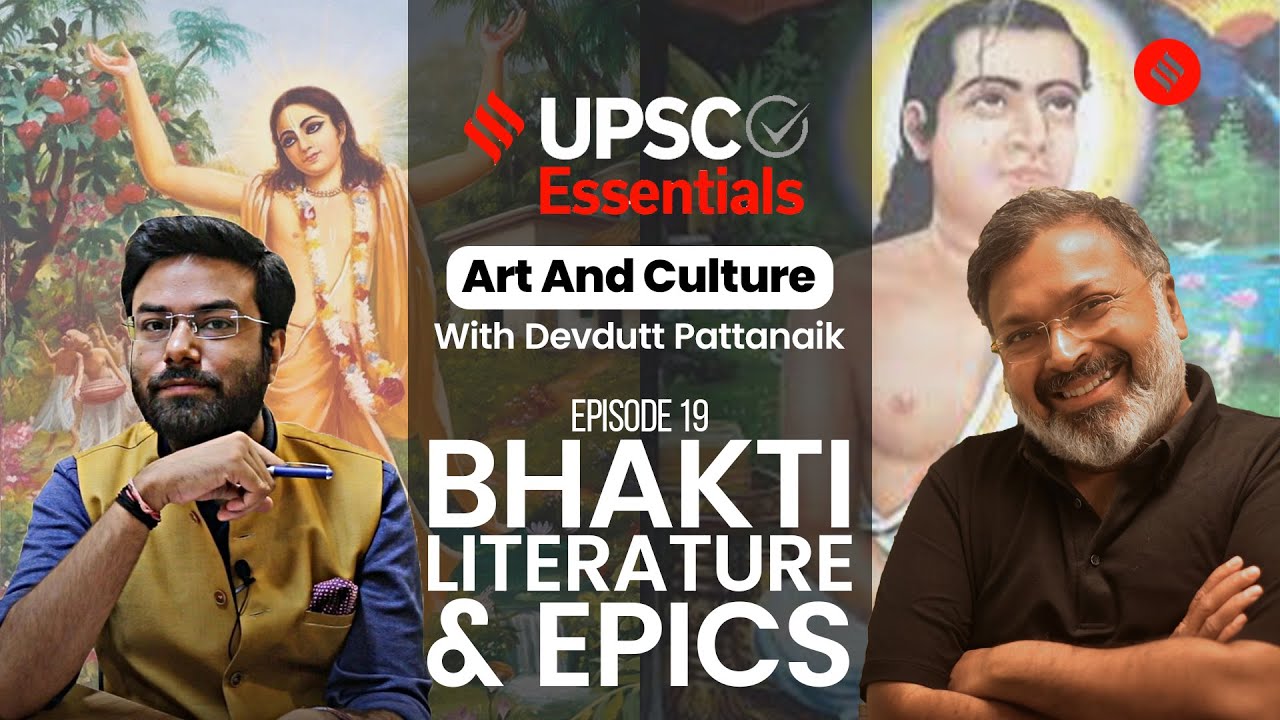PART 4 of 7 Literary Forms from Different Cultures - Indian Literature
Summary
TLDRIn this engaging home study session, Sir Mel Santos explores the rich tapestry of 21st-century Indian literature, highlighting its deep-rooted connections to Hinduism and culture. He discusses significant literary figures like Kalidasa and Rabindranath Tagore, emphasizing themes of liberalism and humanism that emerged in response to social changes. The session culminates in an analysis of literary realism, illustrated through Jeet Thayil's novel 'Narcopolis,' which presents a raw depiction of contemporary Indian life. This session invites learners to appreciate the evolution of literary traditions and their cultural significance.
Takeaways
- 📚 The session focuses on the development of Indian literature in relation to culture as part of a larger series on 21st-century literary traditions.
- 🕉️ Indian literature is deeply influenced by Hinduism, emphasizing themes like piety, human values, and reincarnation.
- 📖 Ancient Indian literature was primarily written in Sanskrit, highlighting its religious and spiritual roots.
- 🌍 Hinduism is the world's oldest religion with diverse beliefs, including the concepts of samsara (reincarnation) and karma (cause and effect).
- 👪 Family is a significant theme in Indian literature, as seen in epic tales like the Mahabharata and Ramayana.
- ✍️ Key literary figures include Kalidasa, Rabindranath Tagore, and R. K. Narayan, who made significant contributions to Indian literature.
- 📅 The 21st century has seen a rise in liberalism and humanism themes in Indian literature, reflecting a desire for social change.
- 🔍 Literary realism is a prominent genre in contemporary Indian literature, focusing on everyday experiences and the lives of middle and lower classes.
- 🏙️ The novel 'Narcopolis' by Jeet Thayil exemplifies 21st-century realism, exploring the gritty realities of drug culture in Indian cities.
- 👋 The session concludes with an invitation to continue exploring literary traditions in future episodes.
Q & A
What is the main topic of this session?
-The main topic is the developments of Indian literature in relation to culture, specifically focusing on 21st-century literary traditions.
How does the host describe the characteristic themes of classic Indian literature?
-Classic Indian literature is characterized by themes of piety, human values, obedience, bravery, love, and reincarnation.
What language was ancient Indian literature primarily written in?
-Ancient Indian literature was primarily written in Sanskrit.
What are the Rigveda and Upanishads?
-The Rigveda is a collection of hymns praising deities, while the Upanishads are philosophical texts that comment on the religious thoughts suggested by the Rigveda.
Who are some notable figures in Indian literature mentioned in the session?
-Notable figures include Kalidasa, Rabindranath Tagore, and R.K. Narayan.
What significant themes emerged in 21st-century Indian literature?
-The significant themes that emerged include liberalism and humanism, reflecting a desire for social change and addressing anti-colonial struggles.
What is literary realism, according to the session?
-Literary realism is a movement that represents reality by portraying ordinary everyday experiences and focuses on familiar people and places, often emphasizing the lives of the middle and lower classes.
Can you provide an example of a contemporary realist novel mentioned?
-An example of a contemporary realist novel is 'Narcopolis' by Jeet Thayil, which explores the harsh realities of drug culture in an Indian city.
What is the significance of the themes of karma and samsara in Hinduism?
-Karma represents the law of cause and effect, while samsara refers to the cycle of life, death, and reincarnation, which are central beliefs in Hindu philosophy.
What is the cultural context of the family in Indian literature?
-Family plays a crucial role in Indian literature, often depicted in epic tales like the Mahabharata and Ramayana, which explore familial relationships and conflicts.
Outlines

Cette section est réservée aux utilisateurs payants. Améliorez votre compte pour accéder à cette section.
Améliorer maintenantMindmap

Cette section est réservée aux utilisateurs payants. Améliorez votre compte pour accéder à cette section.
Améliorer maintenantKeywords

Cette section est réservée aux utilisateurs payants. Améliorez votre compte pour accéder à cette section.
Améliorer maintenantHighlights

Cette section est réservée aux utilisateurs payants. Améliorez votre compte pour accéder à cette section.
Améliorer maintenantTranscripts

Cette section est réservée aux utilisateurs payants. Améliorez votre compte pour accéder à cette section.
Améliorer maintenantVoir Plus de Vidéos Connexes

Art and Culture Lecture 2

SHS 21st Literature Q1 Ep 1 Geographic , Linguistic, and Ethnic Dimensions of the Philippine

Bhakti Literature & Epics: Know In Art & Culture With Devdutt Pattanaik EP19 | UPSC Essentials

ICT as Platform for Change

Art & Culture Lecture 1

Pre-Colonial Literature in the Philippines
5.0 / 5 (0 votes)
